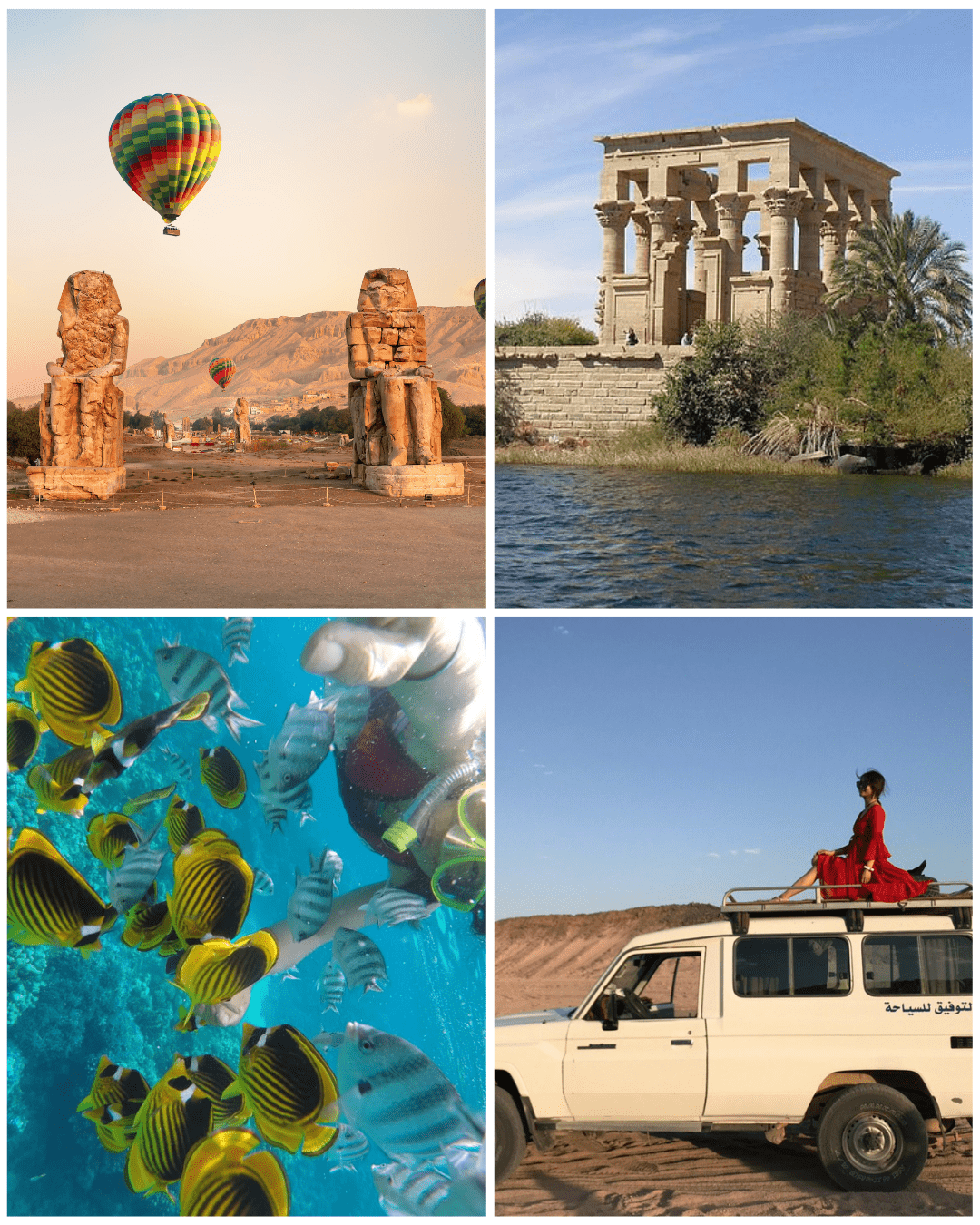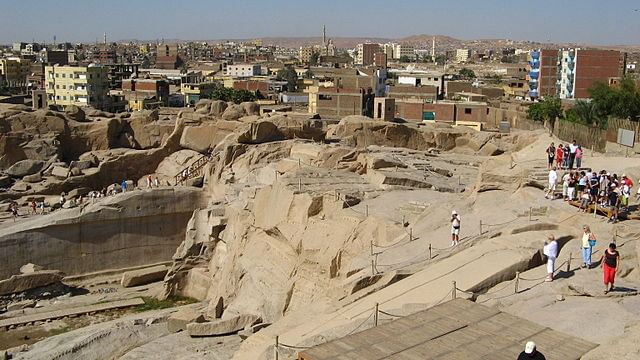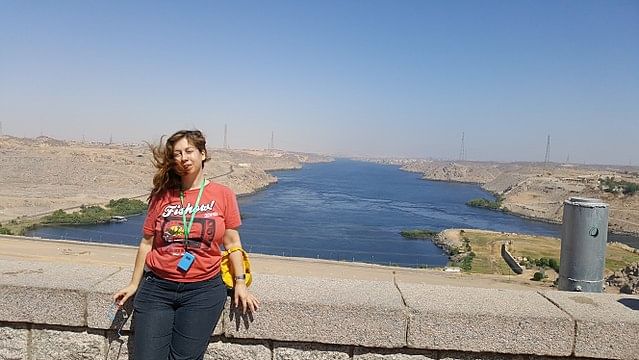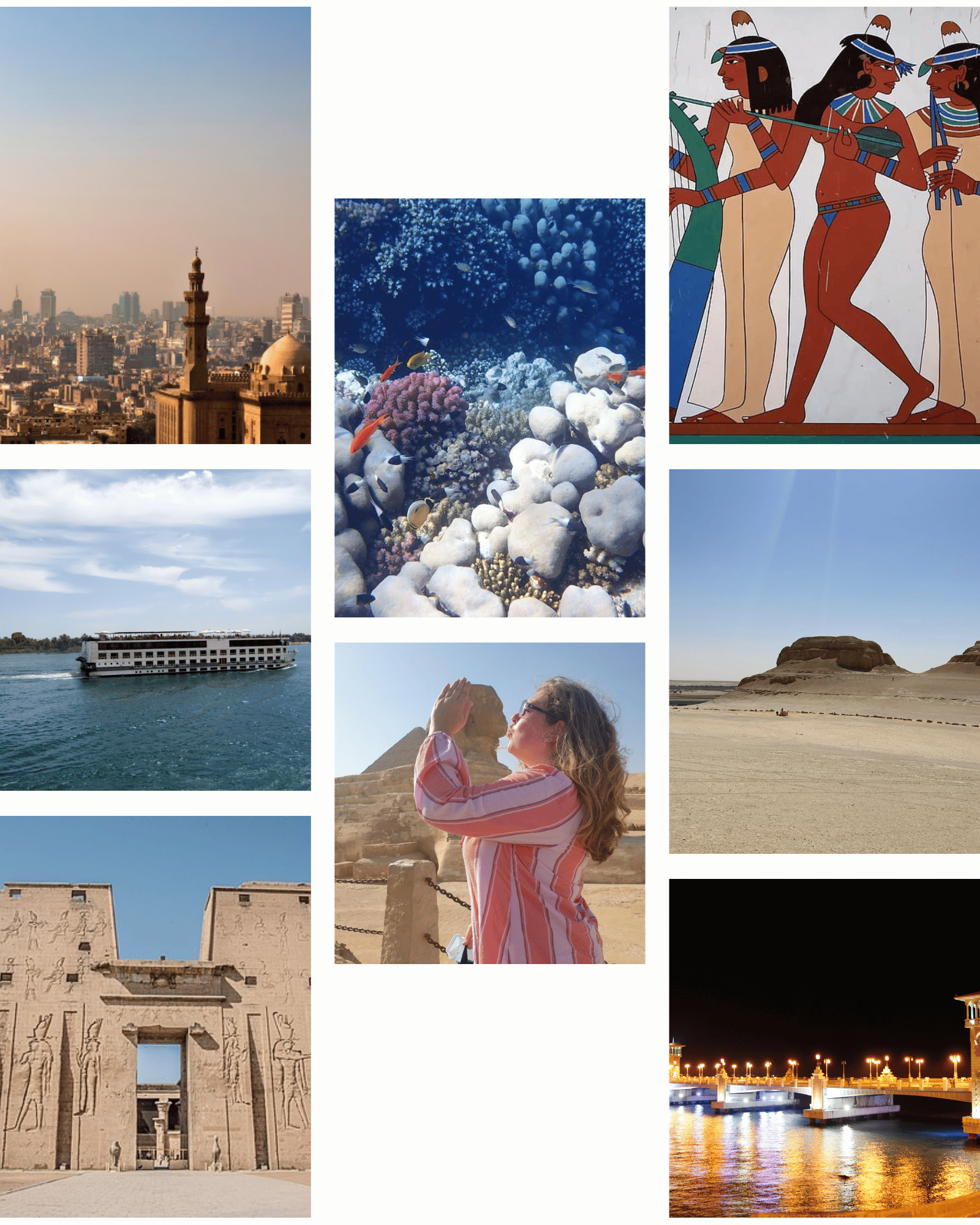Day tour to Philae Temple, obelisk and High Dam
Things to do in Aswan
Aswan is situated at the extreme south of Egypt . It has many highlights not to be missed and in this private Aswan tour you will visit the famous Philae Temple on its island, the Unfinished Obelisk of Queen Hatshepsut and Aswan High Dam.
in a region with a hot desert climate. In ancient times, when the Nile was at its yearly flood stage it would have been one of the most fertile regions in Egypt. The area is famous for archaeological sites landmarks such as Aswan High Dam and for unique natural scenery such as Cataracts of the Nile.
Aswan has seen many changes over time from being a relatively small town that accommodated travellers during Pharaonic times to becoming a modern city with a population of more than 200 000 people who live in the city and its surrounding areas, which include Elephantine Island, Wast Island and Islands on Lake Nasser.
The name "Aswan" is said to mean "the potter's wheel" and is associated with god Khnum, the ram headed god of the Island of Elephantine. It is sometimes also thought to mean "the end" in reference to the fact that Aswan is at the southern end of Egypt and is where travellers from Nubia and Ethiopia (both considered exotic and exciting) would enter and be welcomed.
The city was once a major gold exporting center due to its location on the banks of the Nile River, which provided convenient transportation for traders back to the Mediterranean Sea or elsewhere along river's course such as Alexandria.
Temple of Isis at Philae
Temple of Isis on the island of Philae is not only one of the best well preserved sites in Aswan, but also a great example of how the Museum manages to integrate its reconstruction works with the original buildings.
The temple was built by Nectanebo II sometime between 380 and 362 BCE as a dedication to the goddess Isis who had become increasingly popular during this time. It is positioned on an island adjacent to another smaller temple constructed by Taharqa called Psamtik, so it is thought that he may have originally intended them to act as a pair similar to Luxor Temple and Karnak. The land on which they were originally built had formed part of the domain acquired by Tafnakht of Sais who named it "Prosopitis". His son Nectanbo II started the erection of the temple and its buildings as well as the walls of the temple enclosure.
The original plan for Djeser-Djeseru (which means "the Sublime of Sublimes") is thought to have been designed by the grea t architect Ineni . He may have started work on Djeser-Djeseru after he was appointed as town planner for Thebes in around 1388 BCE under Amenhotep III . It has been suggested that he modelled it upon the Mastaba of Khentkaus I which is located at Saqqara and dates back to around 2580 BCE.
High Aswan Dam
The High Dam of Aswan is a great architectural achievement. The original plan for the High Dam was designed by an Egyptian engineer, Mahmoud El-Gamal , in 1954. It was to be made of dirt and rock with its crest at 155m above sea level. However it would require up to 10 million tonnes of material so this idea was abandoned in favour of the current design which is a concrete gravity dam that reaches 207 m above sea level .
The main problem that engineers faced when constructing the High Dam was that its building site is located between two steep valleys which are separated by a rocky plateau known as the "Belly" of the Nile. This meant that excavation had to be carried out through hard rocks under difficult conditions.
Unfinished Obelisk
The Unfinished obelisk of Queen Hatshepsut made of granite and is located in the ancient granite quarries in Aswan, Egypt. The obelisk was never finished as the tip broke off and it was abandoned after an attempt to erect it resulted in an unconventional lean. It is one of the most outstanding examples of early Classical Egyptian stone architecture, but this characteristic has made its dismantling problematic for preservationists after the passage of more than three millennia (between 4,400–7,200 years).
An engraving on The Unfinished obelisk showing two men transporting a colossal statue by water; likely representing either Thutmose III or Rameses II. Unfortunately there are no contemporary records that tell us who commissioned these works, which were carved about 1450 B.C., during Egypt's New Kingdom era. Today they're among Egypt's best ancient sites to visit that indicate Ancient Egyptian perfection of architecture.













